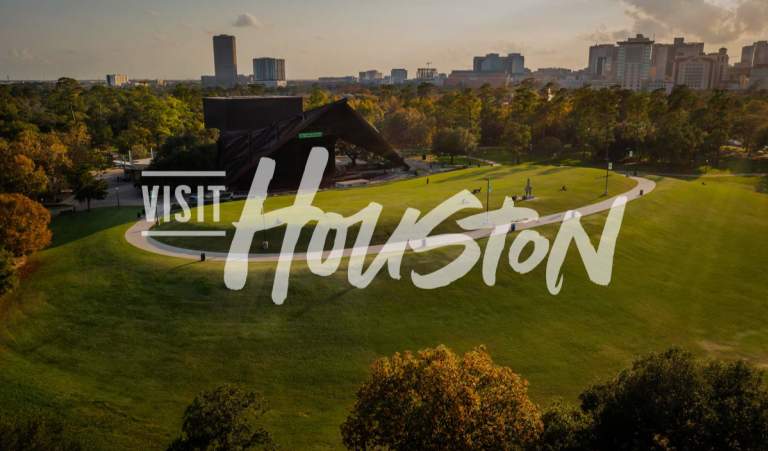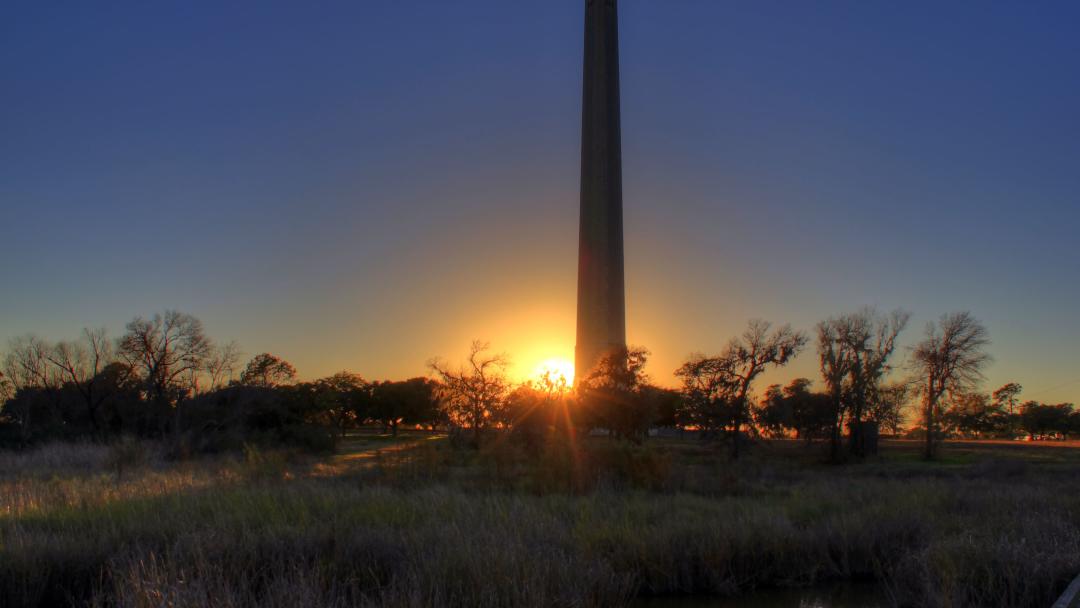Newcomers flood into Texas from every corner of the country, every reach of the globe, every day.
With such an infusion of humanity, ignorance of local history can be forgiven. But not for long.
Perhaps most surprising to newcomers is that Texas was an independent nation first, a state second. Yes, Texas was its own republic for nine years before it became America’s 28th state in 1845.
(Texas declared its secession from the U.S. in 1861 to join the rebels of the Confederacy, but that’s another story.)
March 2 is Texas Independence Day. It was on this date in 1836 when a band of 59 delegates representing Texas settlements convened in a cramped meeting hall near the confluence of the Brazos and Navasota rivers and declared themselves free of Mexican rule.
Today, a replica of the hall stands in Washington-on-the-Brazos State State Historic Site, 82 miles northwest of downtown Houston. The 293-acre park has a wealth of historical venues and is an idyllic setting for picnics and sightseeing. (It’s also a great destination for serious bicyclists. Park in Chappell Hill, 20 miles away, and pedal to the park on FM 1155.)
Although Texans declared themselves to be a republic on March 2, their military revolt against Santa Anna’s Mexican troops would not end favorably for the upstarts for another seven weeks.
And that’s where San Jacinto Monument comes in. It’s where Texas independence was won on a battlefield just east of modern-day Houston.
Following defeats at Goliad, the Alamo and other locales, Texas' defenders were in disarray and reeling. General Sam Houston gathered his troops near the San Jacinto River and Buffalo Bayou and General Santa Anna marched his forces east to meet them. On the afternoon of April 21, while the Mexican army was readying for an attack the following day, Houston and his forces launched a surprise attack. The decisive battle lasted only 20 minutes, bringing an end to the war.
Today, the obelisk of the San Jacinto Monument and Museum of History towers over the battleground. The museum holds one of the largest collections of Texas art and artifacts, honoring both the battle and the larger history of Texas and the Spanish Southwest. Visitors can also take an elevator to the top of the nearly 570-foot monument for a view of the surrounding landscape.
These two icons of Texas history, Washington-on-the-Brazos and San Jacinto Monument, are about 100 miles apart. Together, they make a nice historical two-step.
For more sites along the independence trail and to learn more about these, visit TexasIndependenceTrail.com.




